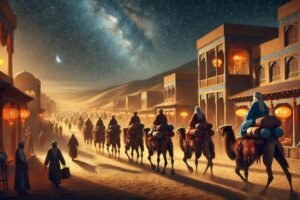Australia is a vast and diverse country, offering everything from lush rainforests and stunning coastlines to sprawling deserts that stretch as far as the eye can see. The Australian Outback is home to some of the most iconic and dramatic desert landscapes in the world. These arid regions are rich in unique natural beauty, from towering red sand dunes and rocky ranges to vast salt plains and ancient geological formations.
If you’re an adventurer looking to explore the wild heart of Australia, here’s a guide to the best desert landscapes that should be on your radar. From famous landmarks to hidden gems, Australia’s deserts promise an unforgettable experience.
1. The Red Centre (Central Australia)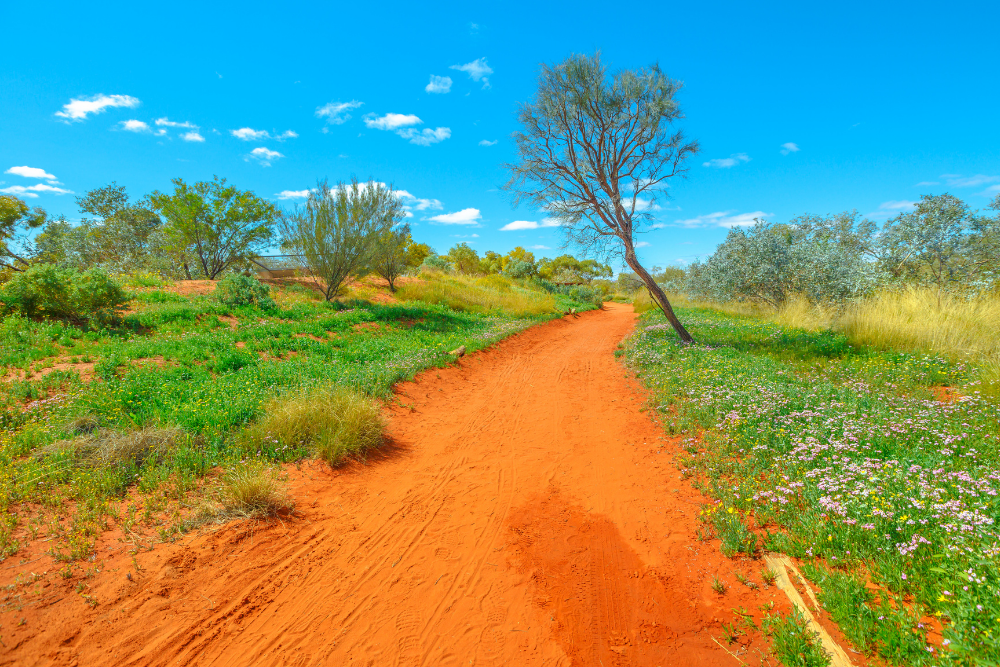
At the heart of Australia lies the Red Centre, a region steeped in rich Aboriginal history and home to some of the most famous desert landscapes in the world. The central Australian desert region is a vast expanse of red sand, dramatic rock formations, and ancient cultural sites.
- Uluru (Ayers Rock): Perhaps the most iconic desert landmark in Australia, Uluru is a massive sandstone monolith that rises 348 meters (1,142 feet) above the desert floor. Uluru holds deep cultural significance for the local Anangu people and is considered sacred. Sunrise and sunset are the best times to see the rock as it transforms through a range of vibrant colors, from golden yellow to deep red.
- Kata Tjuta (The Olgas): Just 25 kilometers west of Uluru lies Kata Tjuta, a group of 36 towering rock domes formed by the erosion of ancient sandstone. The Valley of the Winds hike offers spectacular views of these formations, and the surrounding desert landscape is nothing short of mesmerizing.
- Kings Canyon: Located in Watarrka National Park, Kings Canyon features dramatic cliffs, deep gorges, and ancient cycads. The Rim Walk offers breathtaking panoramic views of the canyon and surrounding desert, making it a must-see for desert lovers.
- What to Do: The Red Centre is perfect for those looking to immerse themselves in desert landscapes while learning about the cultural significance of the land. You can explore the desert through hiking, cultural tours, and scenic flights.
2. Simpson Desert, South Australia, Queensland, and Northern Territory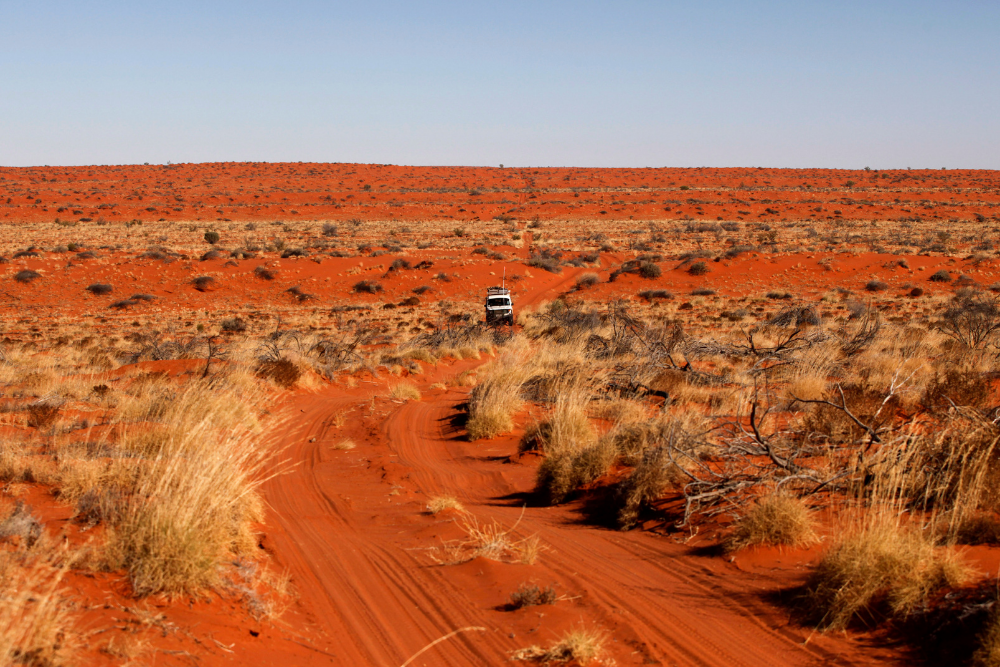
The Simpson Desert is one of Australia’s largest and most famous deserts, stretching across three states—South Australia, Queensland, and the Northern Territory. Known for its iconic red sand dunes and remote, rugged terrain, it’s a true desert wilderness.
- Iconic Dunes: The desert is home to the famous Simpson Desert Sand Dunes, which stretch for hundreds of kilometers. The dunes are some of the highest in the world and offer stunning views, especially at sunrise and sunset when the sand changes color from gold to red to purple.
- Big Red: Big Red is the tallest sand dune in the desert, rising 40 meters (131 feet) high. It’s a popular spot for off-road enthusiasts and is often the first stop for those exploring the Simpson Desert by 4WD.
- What to Do: The Simpson Desert is not for the faint of heart but is a dream destination for adventurers. You can traverse the desert by 4WD, participate in guided desert tours, or camp under the stars. Wildlife, including dingoes, camels, and reptiles, can be spotted in this remote wilderness.
3. Fraser Island (K’gari), Queensland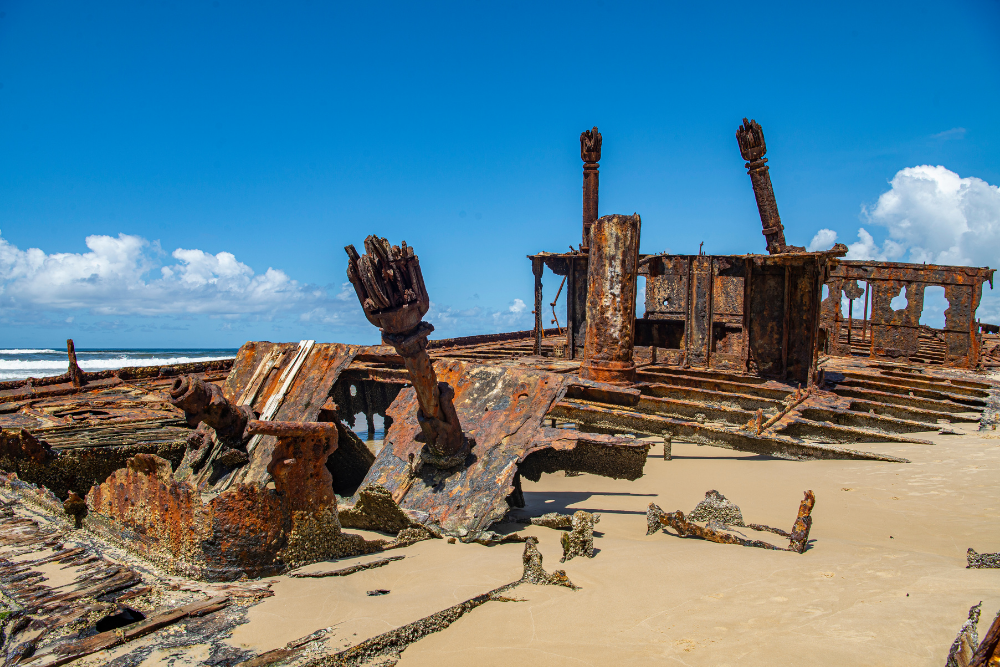
While not a traditional desert, Fraser Island—or K’gari, as it’s known to the Butchulla people—offers a unique desert-like environment, particularly in the island’s vast sand dunes. The island is the largest sand island in the world and is renowned for its stunning, pristine beaches, unique freshwater lakes, and ancient rainforests that grow from sand.
- Sand Dunes: Fraser Island’s towering sand dunes are some of the most striking in Australia. These dunes were formed over thousands of years by the movement of wind and water, and they create an almost desert-like atmosphere in the middle of the island.
- Lake Mckenzie: While not a desert feature per se, Lake McKenzie is a beautiful freshwater lake surrounded by sand, offering a surreal landscape that combines desert-like sand with sparkling turquoise water.
- What to Do: Fraser Island is ideal for those who want a mix of desert and tropical landscapes. The island offers 4WD tours, hiking, camping, and opportunities to explore its vast sand dunes, freshwater lakes, and coastal wilderness.
4. Mungo National Park, New South Wales
In southwestern New South Wales, Mungo National Park offers a glimpse into Australia’s ancient past. The park is home to the famous Mungo Man and Mungo Lady, two of the oldest human remains found in Australia, dating back over 40,000 years. The park’s landscape is dominated by the Pleistocene Lake Mungo, and the surrounding dunes are a stunning example of desert beauty.
- The Walls of China: The Walls of China is a dramatic formation of crescent-shaped dunes along the old shoreline of Lake Mungo. Over thousands of years, wind erosion has shaped the sand into an intricate pattern that resembles ancient walls. The area is sacred to the local Paakantji, Ngiyampaa, and Mutthi Mutthi people, and guided tours provide insights into the cultural significance of the land.
- What to Do: Mungo National Park is perfect for those interested in both natural and cultural desert landscapes. Visitors can take guided tours, explore the park’s iconic landmarks, and camp under the stars.
5. Lake Eyre, South Australia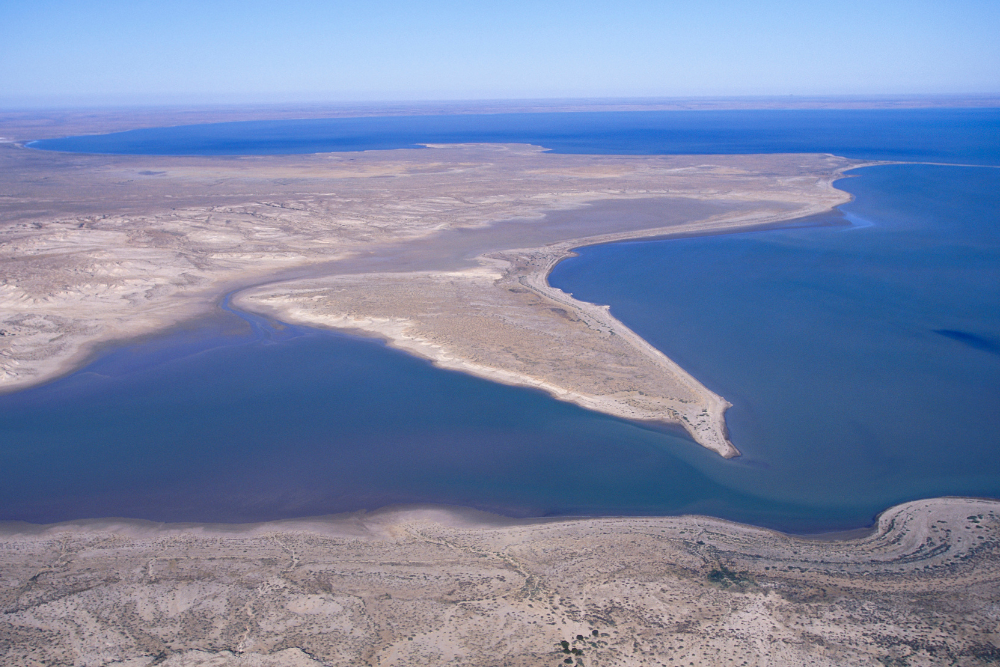
The Kati Thanda-Lake Eyre is Australia’s largest salt lake and is located in the Outback of South Australia. When the lake is dry, it transforms into a vast expanse of white salt crusts, creating an almost otherworldly desert landscape. However, after rare floods, Lake Eyre can fill with water, attracting a wide range of birdlife and transforming the area into a temporary oasis.
- Salt Flats: The salt flats of Lake Eyre are one of Australia’s most stunning and desolate landscapes. The reflective surface of the salt crust creates a dazzling, blindingly white horizon, and the area’s isolation makes it one of the most peaceful places to visit in Australia.
- What to Do: The best way to explore Lake Eyre is via a scenic flight, which offers stunning aerial views of the salt plains and surrounding desert. The area is also popular with photographers, as the unique landscape creates dramatic, otherworldly images.
6. Arkaroola, South Australia
The Arkaroola Wilderness Sanctuary, located in the Flinders Ranges, is a rugged and remote desert region that offers some of the most diverse and untouched desert landscapes in Australia. The sanctuary is home to dramatic hills, rocky outcrops, and ancient mountains, making it an excellent destination for desert explorers.
- The Sillers Lookout: A popular vantage point in Arkaroola, Sillers Lookout offers spectacular views of the surrounding desert landscape and the dramatic peaks of the Flinders Ranges. The contrast of the red desert floor and the blue sky is truly awe-inspiring.
- What to Do: Arkaroola offers 4WD tours, bushwalking, and the opportunity to see rare desert wildlife, including the endangered yellow-footed rock-wallaby. For a real adventure, visitors can also join a Ridgetop Tour for a thrilling 4WD ride along the rugged ridgelines of the region.
7. The Pilbara, Western Australia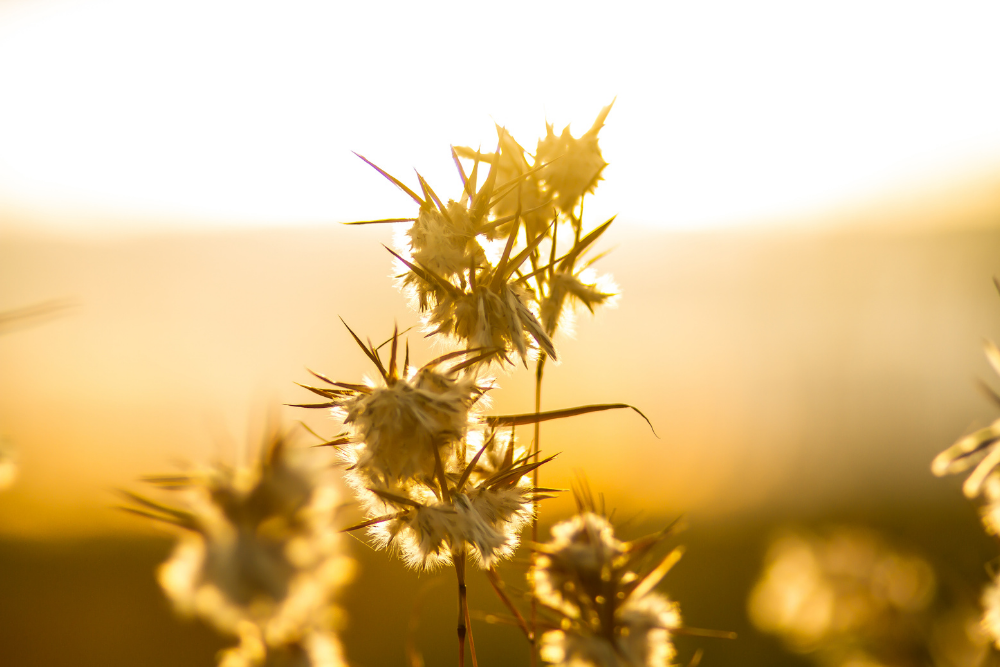
The Pilbara region in Western Australia is a desert landscape known for its striking red earth, vast rocky plateaus, and iconic gorges. This region is home to some of the oldest rocks on Earth and features some of the most spectacular desert scenery in Australia.
- Karijini National Park: Karijini is famous for its red-rock gorges, crystal-clear pools, and dramatic waterfalls. The park’s Hancock Gorge and Dales Gorge offer breathtaking desert landscapes, with steep cliff faces, lush greenery, and waterholes.
- What to Do: Visitors can explore the Pilbara through guided walks, 4WD adventures, and swimming in the park’s waterholes. The landscape of the Pilbara is truly remote, and a visit here offers a chance to immerse yourself in some of Australia’s most rugged desert environments.
Conclusion
Australia’s deserts are not just barren stretches of land; they are vibrant, awe-inspiring landscapes that have shaped the country’s history and culture. Whether you’re visiting the red sands of the Simpson Desert, exploring the ancient rock formations in the Red Centre, or experiencing the unique salt plains of Lake Eyre, the Australian desert offers countless opportunities for adventure, reflection, and discovery.
For those seeking to explore Australia’s rugged wilderness, these desert regions promise a truly unforgettable experience. Whether you’re an outdoor enthusiast, a nature photographer, or simply someone who appreciates the raw beauty of the Australian Outback, there’s a desert landscape in Australia that’s waiting for you to explore.







